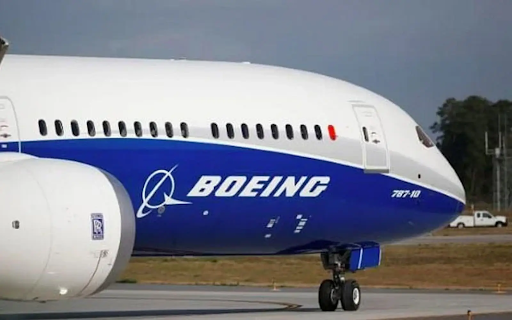Since its founding, the US has been known as the Land of Opportunity, with people from all over the world flocking to its shores to obtain a better life for themselves and their families. Today, the EB-5 Immigrant Investor Program is one of the more popular ways to gain legal permanent resident status in the US. This program allows investors, as well as their spouses and unmarried children under age 21, to become Green Card holders if they make the necessary investment in a commercial enterprise in the US and, through this investment, create or preserve 10 permanent full-time jobs for qualified US workers.
There are annual quotas for the number of EB-5 visas approved for each country. As a result, some countries, such as China and India, are experiencing a huge backlog in the processing of EB-5 petitions due to high demand. In some cases, it could take around seven to nine years for petitioners to receive their Green Cards. However, in order to stimulate economic growth, USCIS is now permitted to offer priority processing of EB-5 visas for investments in rural areas and high unemployment areas (HUAs), which could potentially allow the investor to receive their temporary Green Card in less than two years.
According to the Southeast Regional Center, LLC (SRC), the greatest opportunity to obtain an EB-5 visa lies in rural projects, where 20% of visas are allocated, as opposed to 10% for HUAs In addition to the fact that a lower overall number of visas are allocated to HUAs, the influx of applications in the HUA category has created an invisible backlog, which defeats the purpose of priority processing.
Rural communities in the US often lag behind most of their urban and suburban counterparts, experiencing higher incidences of poverty and lower social development metrics. Over the past few decades, the trend of deindustrialization in the US has caused the loss of numerous manufacturing-related jobs in many rural areas, further contributing to the higher unemployment and poverty rates, which, in turn, cause deterioration of communities across rural America. By setting aside 20% of the EB-5 visa quote for rural area investments, the US government is addressing the deindustrialization trend and discrepancy between urban and rural poverty rates through stimulating EB-5 investment into these areas.

SRC says that, historically, around 90% of HUA projects are in real estate, such as residential and hospitality construction. Little attention was paid to industrial and manufacturing projects, creating an underserved market and, now, a greater potential for success. Since receiving approval in 2010 from the USCIS to become a Regional Center under the EB-5 Immigrant Investor Program, SRC has managed five EB-5 funds for investment into rural area manufacturing projects and has expanded its geographic region to encompass 10 states: Alabama, Georgia, Indiana, Kentucky, Michigan, Mississippi, North Carolina, Ohio, South Carolina, and Tennessee. This USCIS-approved area of operations aligns with SRC’s focus on automobile manufacturing as it encompasses the “Southeastern Automotive Corridor” and the greater “Automotive Alley.”
SRC’s team consists of accomplished financial, real estate and legal professionals. SRC also has a team of trusted partners including: the former Chief Immigration Officer in charge of Regional Center designation and EB-5 petition adjudication, the former Chief of the Investment & Economic Analysis Division for the Department of Homeland Security, and highly respected and internationally known immigration attorneys.
Through years of experience, SRC has developed a comprehensive and successful EB-5 program, involving projects that stimulate the economy of the host community as well as the entire country. All investors into SRC’s funds whose petitions have been adjudicated have been approved for conditional residence or permanent residence. For those who have been approved for permanent residence, 100% of their principal investment has been returned.
In January 2024, SRC launched its latest EB-5 fund, officially announcing their newest fund in March 2024.. Their newest fund, SRC Ajin Fund VI, LLC, aims to assist in the development of a pioneering automotive body parts manufacturing plant in Bulloch County, Georgia, a rural area. The total project cost is estimated at $312 million, with the SRC Ajin Fund VI seeking to raise up to $79.2 million in EB-5 capital.
“Since our inception, Southeast Regional Center has been dedicated to enabling investors to obtain their EB-5 visas as fast as possible, with the least risk, and in adherence with USCIS regulations,” says Moses Choi, CEO of Southeast Regional Center. “As the US embarks on its reshoring movement to bring back its industrial capabilities and ensure supply chain security, rural manufacturing projects are excellent opportunities for investors of all stripes, but especially EB-5 investors who are seeking legal permanent residence in the US.”
Written in partnership with Tom White.





































































































































































































































